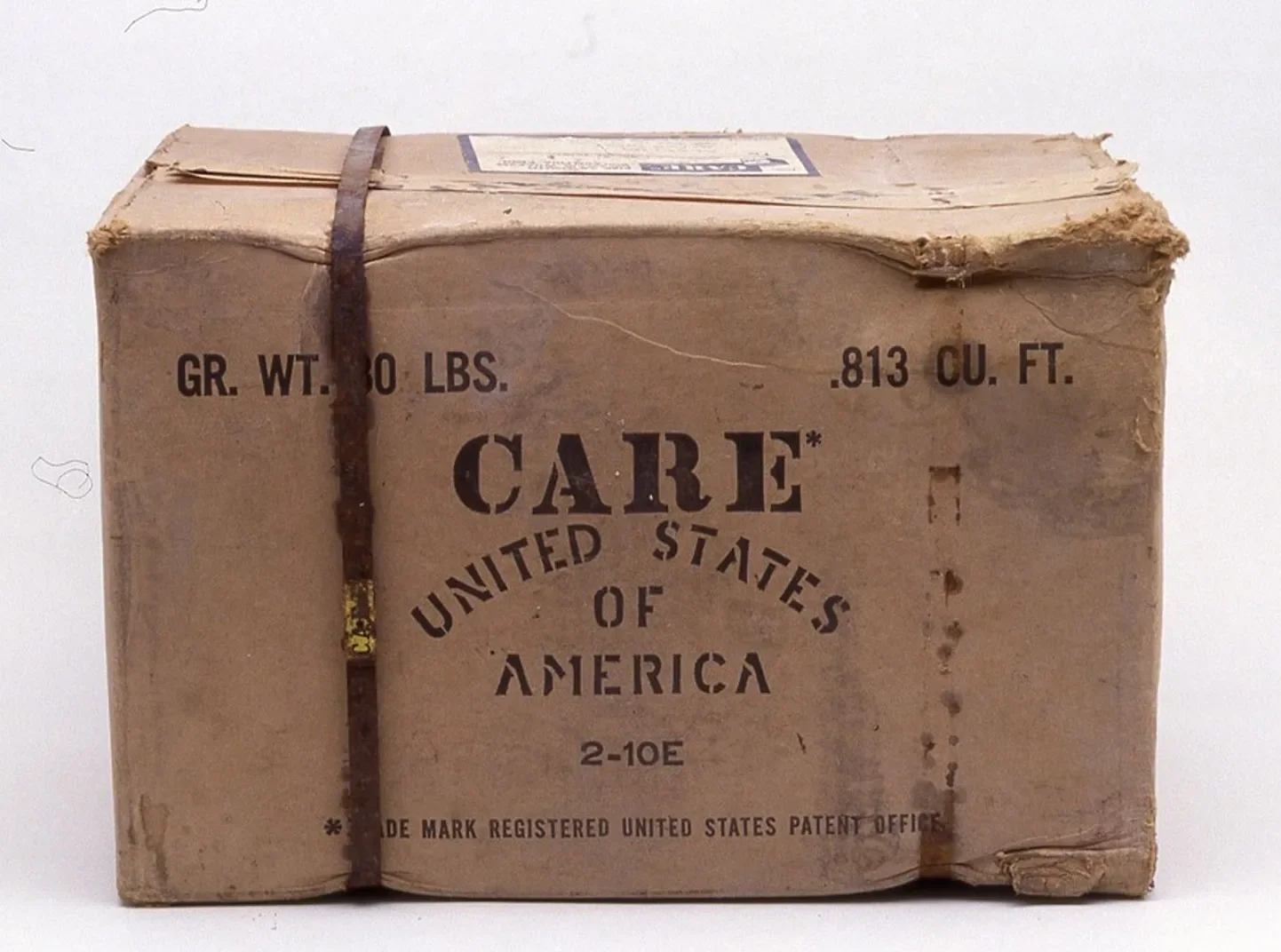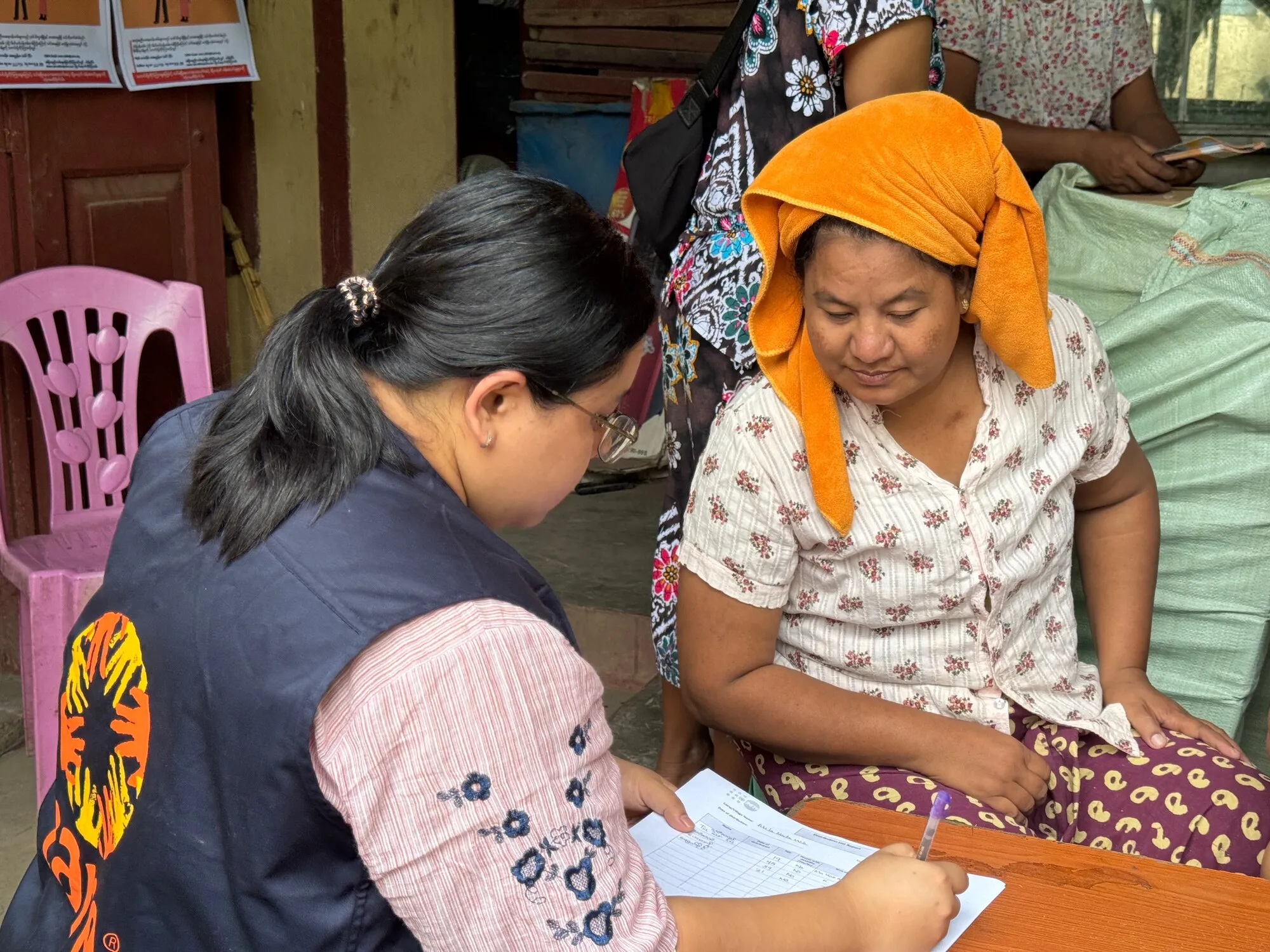Bangkok, Thailand, 28 April 2025 – One month after a devastating 7.7-magnitude earthquake struck Myanmar, the humanitarian needs remain unmet, and women and girls remain among those most at risk. Nearly 3,700 people have died, 4,800 are injured, and hundreds are still missing.
A needs assessment conducted by CARE and local partners in Mandalay, Southern Shan and Sagaing—three of the hardest-hit regions – found that women make up the majority of those affected within the communities surveyed. The findings also underscore mounting challenges for women, children, and other vulnerable groups. With communities already facing overlapping humanitarian crises, the approaching monsoon season brings new threats, including further displacement along with health risks and worsening living conditions.
“Protection risks such as violence, abuse and exploitation – especially against women, girls, and vulnerable groups – are rising and harder to track in crisis settings – but what we are hearing is deeply concerning,” said Arif Noor, CARE Myanmar Country Director. “In Mandalay, nearly 60% of people we spoke to had heard of violence or harassment against women and girls. Yet only a quarter knew how or where to seek help. Access to specialized support services remains limited – especially for people with disabilities. Recovery can’t just mean rebuilding homes. We need to restore safety, dignity, and protection for those most at risks; especially displaced women and girls.”
In the 28 earthquake-affected sites assessed, more than 6,500 homes and 4,300 latrines were damaged. With severe housing shortages, displaced families are living in overcrowded shelters with relatives or in open spaces. CARE Myanmar staff report that many shelters lack walls or partitions, making even basic activities, like changing sanitary pads, extremely difficult.
Families remain in distress – lacking food, clean water, and protection. Many children have been separated from their families and remain unaccompanied, with 65% of them being girls. The most reported protection risks include domestic violence, early and child marriage, and child labor. In Mandalay, 70% of respondents said they do not feel safe in displacement sites.
“Women don’t feel safe. The shelters don’t protect us from wind or rain, and it’s especially difficult for large families and young children. We sleep in the open without beds, pillows, or electricity, and worry about the weather and earthquakes. We left everything behind, which makes it even harder for girls. At night, it’s unsafe to find a toilet, and sometimes we have to walk two hours for water. Bathing is also difficult. It’s very hard for women,” said Mya Sein* Her experience echoes broader reality around safety concerns.
CARE Ramps Up Response Ahead of Monsoon
As needs continue to grow, CARE is scaling up its humanitarian response. CARE together with local partners aim to support 100,000 people over the next 9-12 months. The funding is already delivering life-saving aid including shelter materials, food, cash, health services, clean water and protection to support the communities hardest hit by the earthquake. But many families still lack cash to meet urgent needs, along with safe shelter, mosquito nets, food and access to clean drinking water.
“We’re grateful to see people from across the country coming together, standing with us, and working alongside local leaders,” shared one of CARE’s local partners. “But as the crisis deepens, funding remains critical — not just for emergency relief, but for long-term recovery.”
With the monsoon approaching, the risks of flooding, waterborne disease, and worsening conditions will only grow. In 2024, heavy rain led to flash floods in areas including Mandalay and Sagaing, damaging homes, roads, and farms. These same regions now face renewed threats in the aftermath of the earthquake. CARE has opened a field office in Mandalay, pre-positioning supplies, reinforcing shelters, and improving access to safe water. However, additional support is urgently needed to reach the most at-risk communities before access is cut off – including funding for local and women-led groups who are closest to the crisis and able to respond quickly.
Note to editors:
- Over 17 million people have been affected by the earthquakes, including nearly 9 million women and girls. More than half of women and girls impacted are living in the hardest-hit areas, facing heightened risks to their safety, health and dignity. (Gender-impact flash update: Myanmar Earthquake No.2, 11 April 2025)
- Myanmar remains among the world’s most underfunded humanitarian response plans.
By December 6, 2024, only 34% of the requested funding for the 2024 HNRP had been received. (Myanmar Humanitarian Needs and Response Plan 2025, Dec 2024) - CARE is appealing for USD 20 million to reach 1 million people affected by the earthquakes in Myanmar.
- Mya Sein is a woman who has been displaced twice by conflict and is now living in a shelter following the earthquakes. Her name has been changed to protect her privacy, safety, and security.
For media inquiries, please email usa.media@care.org or Sarita Suwannarat, Asia Regional Communications Advisor, email: Sarita.Suwannarat@care.org

